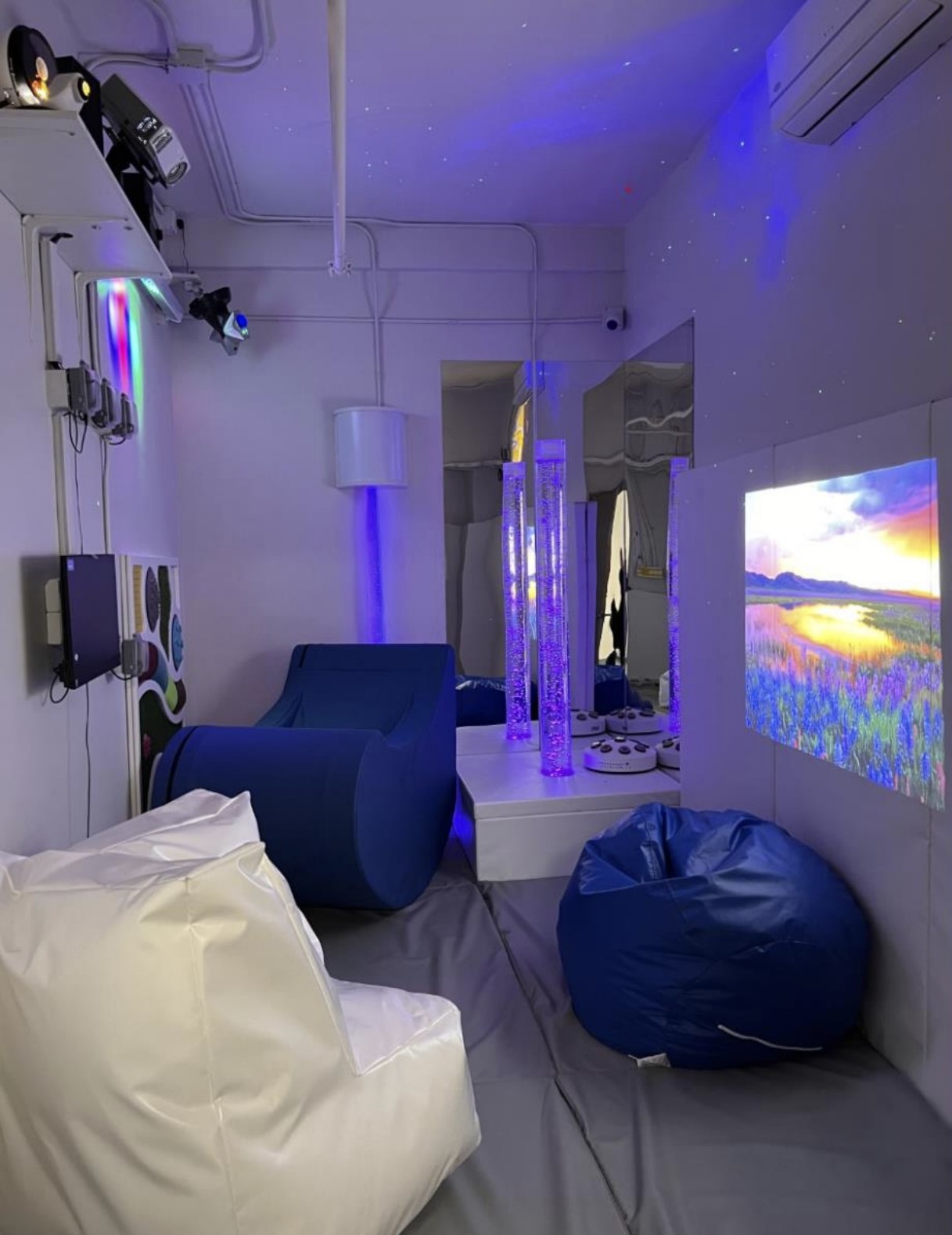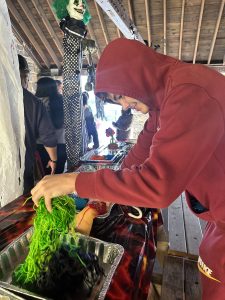White noise, an encompassing sound that masks background noise, has been a source of solace and focus for many autistic individuals. Its appeal stems from its ability to create a consistent auditory environment, which can be particularly comforting for those who experience sensory processing differences.
Autism is characterized by a heightened sensitivity to sensory stimuli, where ordinary sounds can become overwhelming and distracting. For autistic individuals, environments filled with unpredictable noises can lead to sensory overload, causing stress and anxiety. White noise, along with its variants like brown noise and pink noise, serves as a stabilizing auditory input, smoothing out the cacophony of the external world.
White noise, which contains all frequencies at equal intensity, provides a steady sound that can drown out abrupt noises that might otherwise trigger discomfort. This constant auditory backdrop helps in reducing the unpredictable nature of environmental sounds, creating a sense of control and predictability. For many autistic people, predictability is key to managing sensory inputs and maintaining a sense of calm. Examples of white noise include the consistent hum of a fan, the static sound from an untuned radio, the steady whir of an air conditioner, and the soft whoosh of a wind tunnel.
Brown noise, which emphasizes lower frequencies, has a deeper, more soothing quality. Its appeal lies in its ability to create a grounding effect, helping to reduce the sensation of high-frequency noise that can feel sharp or jarring. The deeper tones of brown noise are often described as being closer to the sounds of nature, like thunder or the roar of distant waterfalls, which can evoke a sense of tranquility and connection to the natural world.
Pink noise, which balances the intensity of frequencies, provides a more natural and gentle sound compared to the uniform intensity of white noise. It is often perceived as being softer and less intrusive, making it an ideal background sound for relaxation and sleep. The subtle variation in pink noise can be less monotonous, which helps in maintaining auditory interest without the stark contrasts that might lead to sensory overload. Examples of pink noise include the sound of steady rainfall, the rustling of leaves in the wind, the flow of a gentle stream, waves lapping at the shore, and the consistent hum of distant traffic. Pink noise has a balanced intensity across frequencies, with higher frequencies being softer, resulting in a more natural and less intrusive sound compared to white noise.
The choice of which type of noise is most effective can be highly individual, reflecting the diverse ways in which autistic people experience and process sound. Some may prefer the uniformity of white noise for its ability to create a consistent shield against environmental distractions. Others might find the deeper resonance of brown noise or the gentle fluctuation of pink noise more comforting, depending on their specific sensory preferences and needs.
Using white noise and its variants can also aid in concentration and focus. For many autistic individuals, background noise in environments like schools or social environments can be a significant barrier to productivity. Introducing a consistent auditory backdrop helps to mask these distractions, allowing for better concentration on tasks. This auditory strategy can be a valuable tool for enhancing cognitive performance and reducing anxiety in challenging sensory environments.
Shrub Oak International School incorporates sensory time throughout the day, using various techniques, including the strategic use of sounds, to create a calming and focused environment for our students. We provide music, soothing nature noises, and quiet headphones for students who require any of the above. This approach helps manage sensory input and supports students’ emotional and cognitive well-being. Additionally, our Snoezelen Room is a specially designed multi-sensory environment that offers soothing visual, auditory, and tactile stimuli, providing a safe and relaxing space for our students to decompress and engage in sensory experiences tailored to their individual needs.
Soundscapes are becoming increasingly prevalent among neurotypical individuals, who use them for various purposes such as relaxation, concentration, and improved sleep quality. Many people incorporate white noise, pink noise, and other ambient sounds into their daily routines to create a calming atmosphere and to mask disruptive background noise. Soundscapes are also popular in workplaces and study environments, where they help enhance focus and productivity by providing a consistent auditory backdrop. The growing availability of soundscape apps and devices reflects a widespread recognition of the benefits of controlled auditory environments for mental well-being and cognitive performance.
The attraction of white noise, brown noise, and pink noise for autistic individuals lies in their ability to provide a consistent and controlled auditory environment. By masking unpredictable and potentially distressing sounds, these types of noise help in managing sensory input, reducing anxiety, and improving focus. The choice of noise type is deeply personal, reflecting the unique sensory processing experiences of each individual, and underscores the importance of tailored approaches in supporting the well-being of autistic people.





